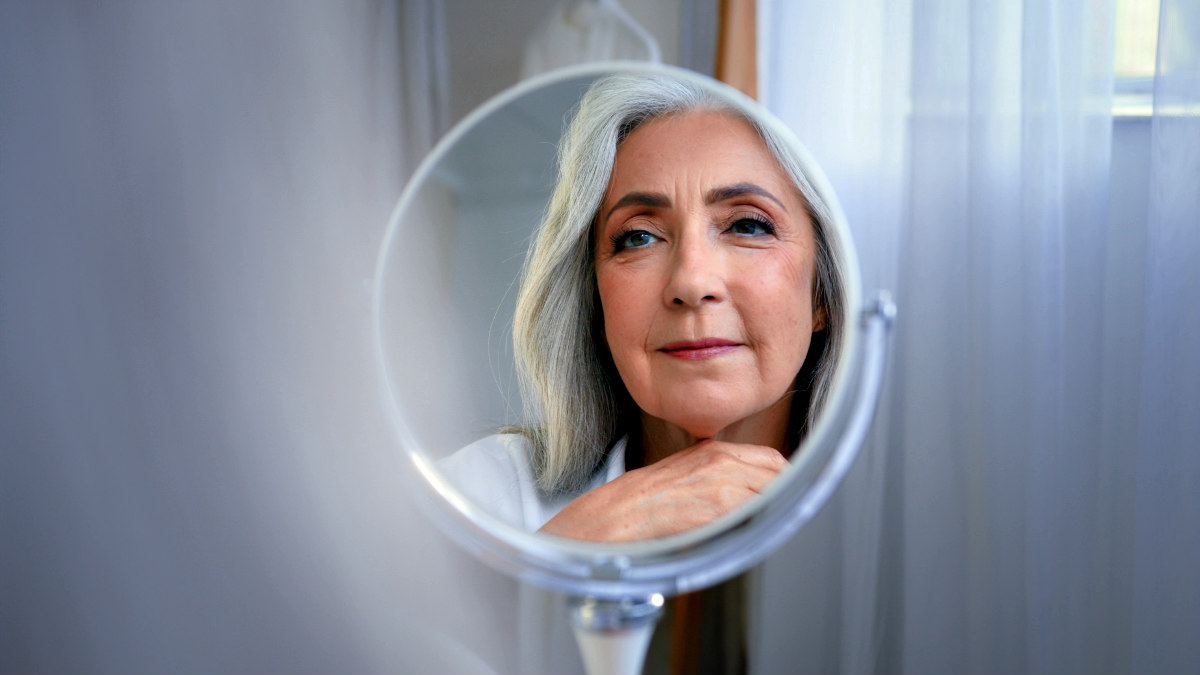Another Myth of Ageism – We Age Alone

This is the fourth in a series of articles on ageism, the myths of ageism and some facts about aging. Ageism is a form of discrimination or prejudice against individuals based on their age. There are myths that perpetuate ageism. We need to be aware of the myths and reframe these myths by learning accurate information.
The first article addressed happiness in aging and how we get happier as we age with 82 years old being our peak for the happiness curve. If you want to refresh yourself on that article refer to the article, As We Age, We Become Happier. In the second and third articles, Envisioning Growing Older with the Right Data (Frame of mind) and Two More Common Myths of Aging, we covered four common myths of aging. Laura Carstensen, the founding director of the Stanford Center on Longevity, talks about the five worst myths out there. In this article I will cover the last of the five myths. (Laura Carstensen, 2011).
Myth #5: We Age Alone
This myth – We Age Alone, is one of the common myths of people growing old. The belief is that as we grow old, we become isolated and lonely and are more likely to end up alone. (Laura Carstensen, 2011) This myth is harmful because it perpetuates the idea that aging is inherently negative. This myth can contribute to a negative view of aging and can impact how people perceive themselves as they age. It also ignores the importance of social connections. Some older adults may experience social isolations; however, the vast majority of older adults maintain close relationships with family and friends which is crucial to maintaining physical and mental health in old age. This myth creates a negative stereotype about older adults as being frail, dependent, and lonely which further perpetuates ageism. It also ignores the diversity of the aging experiences. Not all older adults are the same and many continue to lead active, engaged lives well into their later years. Some may choose to live alone or may not have family nearby, but this does not mean they are isolated or lonely.
The truth – we are not aging alone. In fact, as the boomers start to move into retirement years, they have the advantage that no other generation has experienced. They have strength in numbers. With this, there needs to be a responsibility to do all we can do to make this aging process a positive experience. Think about the type of old person you want to be, and then set out to live your life in that way. As a human being, our work at self-growth and self-reflection should never be finished. Continue to be aware of the choices being made in your later years. Make conscious decisions about how to contribute to your world, whether it is to your children, neighbors, workplace, grandchildren, or volunteering in the community.
We are all aging, no matter what age we are at this moment. We might be able to do something about how we manage our aging by changing our lighting, clothing, or facial cremes and we do try as many dollars are spent in this area every year. But no matter what we spend on procedures, cremes and outerwear, we aren’t going to pause our aging process. We are living up to 30 years longer as an older person. We have increased our longevity. Aging is inevitable unless, of course, we die. Let’s make some decisions on how we want this third of our life to play out. Challenge yourself and others regarding myths and stereotypes about aging. Recognize the diversity of experiences among older adults. Promote positive attitudes towards aging so we can combat ageism and create a more inclusive society for all.
Works Cited
Laura Carstensen, P. (2011). A long bright future. New York: Public Affairs.
Tags: Myth of ageism - we age aloneABOUT THE AUTHOR

Janie Pfeifer Watson
Licensed Independent Clinical Social Worker
Licensed Independent Mental Health Practitioner- Janie Pfeifer Watson, LICSW, is the founder and director of Wholeness Healing Center, a mental health practice in Grand Island, Nebraska with remote sites in Broken Bow and Kearney. Her expertise encompasses a broad range of areas, including depression, anxiety, attachment and bonding, coaching, couples work, mindfulness, trauma, and grief. She views therapy as an opportunity to learn more about yourself as you step more into being your authentic self. From her perspective this is part of the spiritual journey; on this journey, she serves as a mirror for her clients as they get to know themselves—and, ultimately, to love themselves.
LATEST ARTICLES BY Janie Pfeifer Watson
- Letting Life Unfold – Embracing the Musical Nature of Existence
- Silence Good for the Brain and for your Mental Health
- Mastering Resilience: How to Manage your Response to Challenging Situations
- Celebrating 25 Years of Business A Journey Marked by Resilience, Growth, and the Power of Community
- COVID-19 – Heightened Mental Health Awareness and Employer Appreciation
Subscribe today
Sign up to receive the latest mental health tips and inspiration